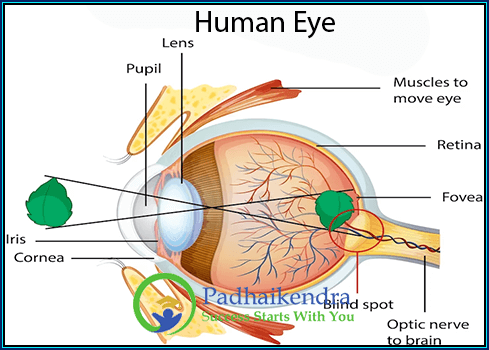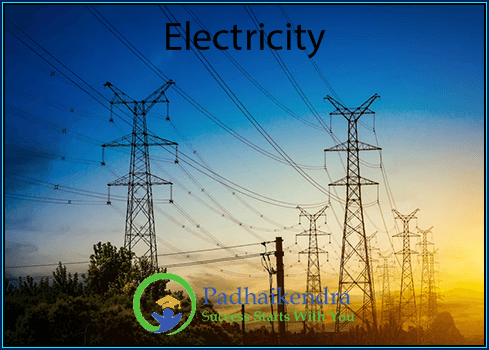Energy is a fundamental concept that governs the behavior of the universe. One of the most crucial principles related to energy is the law of conservation of energy. This principle states that energy cannot be created or destroyed; it can only be transformed from one form to another. In this article, we will explore its implications, and understand why it is a fundamental principle in understanding the workings of our world.
The Law of Conservation of Energy
The law of conservation of energy, also known as the first law of thermodynamics, is a fundamental principle in physics. It states that the total amount of energy in an isolated system remains constant over time. In simpler terms, energy cannot simply vanish or come into existence out of nothing. It is always conserved within a closed system.
This law is based on the concept of energy, which is a measure of the ability of a system to do work. Energy comes in many forms, including kinetic energy (the energy of motion), potential energy (the energy of position), thermal energy (the energy of heat), and many others.
Energy Transformations
 While the total energy of a closed system remains constant, energy can undergo various transformations. It can change from one form to another, such as potential energy to kinetic energy, thermal energy to mechanical energy, or chemical energy to electrical energy. These transformations occur in accordance with the law of conservation of energy.
While the total energy of a closed system remains constant, energy can undergo various transformations. It can change from one form to another, such as potential energy to kinetic energy, thermal energy to mechanical energy, or chemical energy to electrical energy. These transformations occur in accordance with the law of conservation of energy.
Examples of the Law of Conservation of Energy
Pendulum: Consider a pendulum swinging back and forth. At the highest point of its swing, it possesses potential energy due to its height above the ground. As it descends, this potential energy is converted into kinetic energy, reaching its maximum at the lowest point of the swing. Throughout this motion, the total energy remains constant, despite the continual conversion between potential and kinetic energy.
Electric Appliances: When you plug in an electric appliance, such as a toaster, electrical energy is converted into thermal energy through the heating elements. The electrical energy is not lost; it is transformed into a different form of energy.
Nuclear Reactions: In nuclear reactions, such as those occurring in the sun, the conversion of matter into energy takes place. In these processes, the total energy before and after the reaction remains the same, even though the form of energy changes.
Applications of Law of Conservation of Energy
The law of conservation of energy has profound implications across various scientific disciplines. It provides a framework for understanding and predicting the behavior of physical systems. It allows us to analyze energy transfers and transformations, making it an essential principle in fields such as thermodynamics, mechanics, and electromagnetism.
The law of conservation of energy has many practical applications in our daily lives. For example, when we turn on a light bulb, electrical energy is transformed into light energy and thermal energy. When we drive a car, the chemical energy stored in gasoline is transformed into kinetic energy and thermal energy.
 The law of conservation of energy is also important in many areas of science and engineering, including mechanics, thermodynamics, and nuclear physics. It is used to analyze and predict the behavior of complex systems, and it forms the basis for many important technological innovations, such as renewable energy sources and energy-efficient technologies.
The law of conservation of energy is also important in many areas of science and engineering, including mechanics, thermodynamics, and nuclear physics. It is used to analyze and predict the behavior of complex systems, and it forms the basis for many important technological innovations, such as renewable energy sources and energy-efficient technologies.
Furthermore, the law of conservation of energy is a cornerstone of sustainability and resource management. It reminds us that energy resources are not limitless and should be used wisely. By optimizing energy conversions and minimizing energy waste, we can contribute to a more sustainable future.
The law of conservation of energy is a fundamental principle in physics that states energy cannot be created or destroyed, only transformed from one form to another. It plays a crucial role in understanding the behavior of energy in various systems and is vital for predicting and analyzing physical phenomena. By appreciating this law, we can gain a deeper understanding of the intricate workings of our universe and make informed decisions regarding energy usage and conservation.





